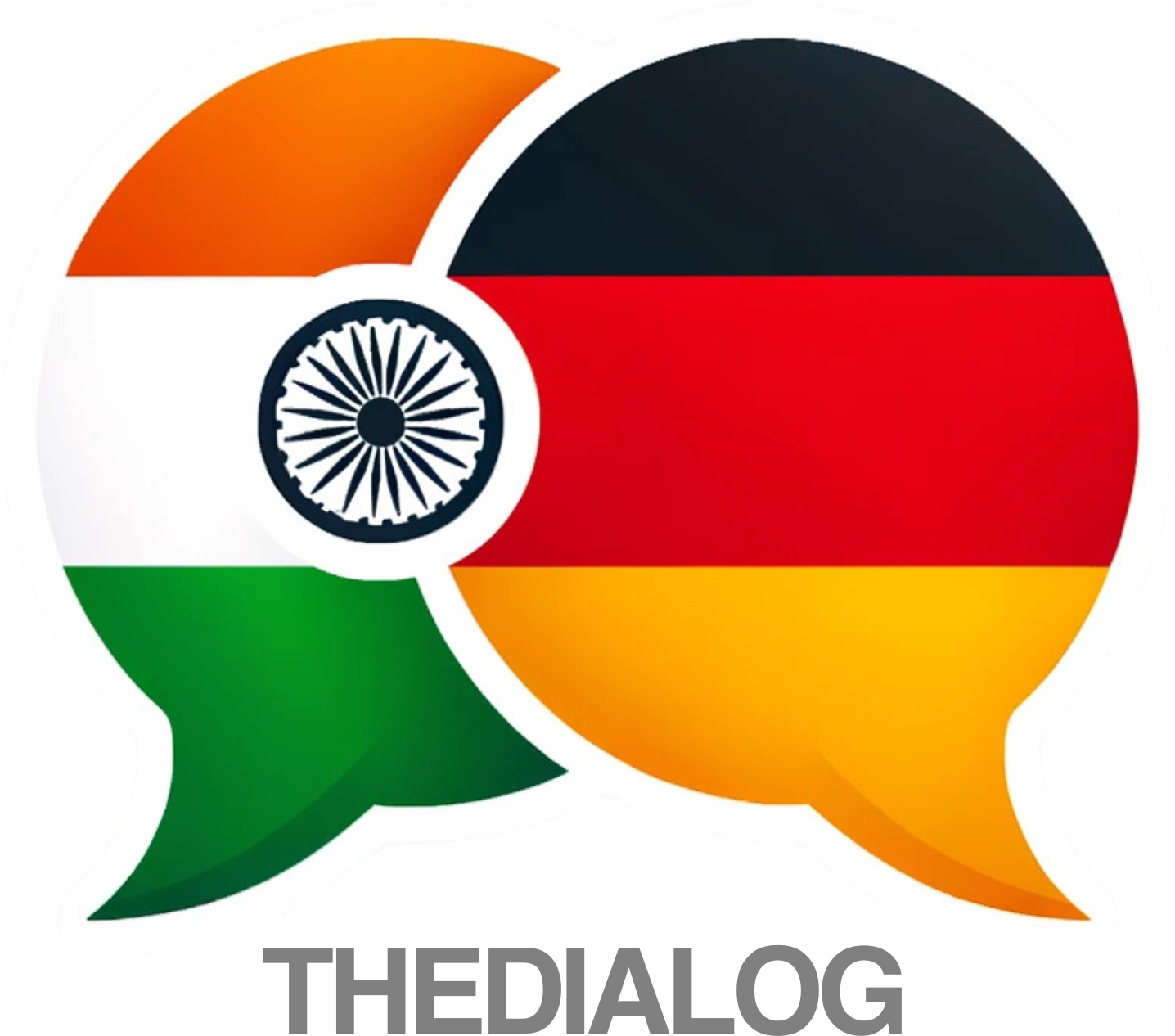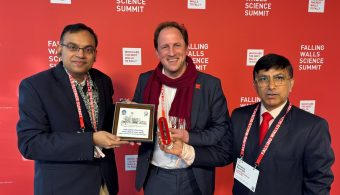A recent report by the Press Trust of India (PTI) has brought renewed attention to a unique Indo-German renewable energy initiative in Rajasthan. The India One Solar Thermal Power Plant, located on the Shantivan campus of the Brahma Kumaris in Mount Abu, has been operational since 2017 and is considered one of the few solar thermal systems in the world capable of continuous, round-the-clock operation.
The plant, which prepares meals for around 50,000 people daily without the use of electricity, LPG, or firewood, was developed with support from India’s Ministry of New and Renewable Energy and Germany’s Federal Ministry for the Environment, Nature Conservation, Building and Nuclear Safety, in partnership with the German development agency GIZ.
Decentralised Solar Steam Cooking System
Spread over 35 acres, the one-megawatt plant uses concentrated solar power to generate steam, which is then used for electricity generation and for large-scale community cooking. About half of the electricity generated is used by the Brahma Kumaris’ facilities, while the rest powers their solar kitchen.
According to the PTI report, the system is integrated with thermal storage technology that allows for 24-hour operation, even after sunset.
Indigenous Technology with German Roots
Nearly 90 per cent of the plant’s components were designed and manufactured in India by the Brahma Kumaris’ engineering team, the report notes. This includes 770 parabolic solar reflectors that track the sun’s path to optimise heat capture. Each dish spans around 600 square feet.
Only the solar-grade mirrors used in the reflectors were sourced from the United States. The rest of the system—including tracking mechanisms, control units, and thermal receivers—was locally developed.
Technology Originated from Early German Collaboration
The solar thermal system’s conceptual roots trace back to 1990, when German scientist Wolfgang Scheffler introduced a prototype solar steam cooker in India. His goal was to help remote communities reduce dependence on wood fuel. Inspired by his model, Indian engineers scaled the concept into a full-fledged thermal power and cooking system over the following decades.
The plant was built over five years at a cost of approximately ₹80 crore and now functions as a live demonstration of decentralised, renewable energy in practice.
Academic and Global Interest in the Model
The plant is visited annually by students, researchers, and development professionals from around the world. Its modular design, low maintenance requirements, and reliance on locally available materials have made it a potential template for replication in other sun-rich regions of India and abroad.
The PTI report also notes that the project’s long-term viability and cost-efficiency have been recognised by clean energy experts as an example of grassroots innovation supported by international cooperation.
Part of Broader Indo-German Green Energy Collaboration
The India One Solar Thermal Power Plant reflects a broader pattern of Indo-German collaboration in sustainable development, particularly in energy transition and low-carbon technologies. Germany has been one of India’s key partners in renewable energy deployment, technical assistance, and climate policy.
As India expands its solar infrastructure and Germany deepens its engagement with key partners in the Global South, projects like India One reflect the practical outcomes of the Indo-German energy alliance. The initiative underscores how sustained bilateral cooperation in technology and policy can lead to long-term, scalable models for clean and decentralised energy—aligning with both countries’ shared commitments to climate action and energy transition.



